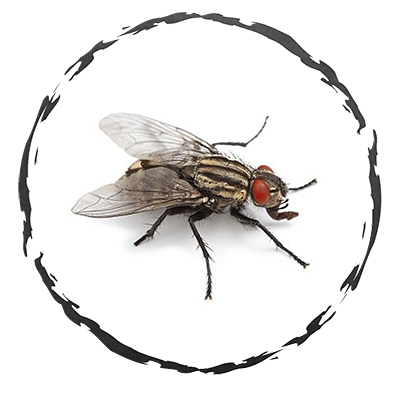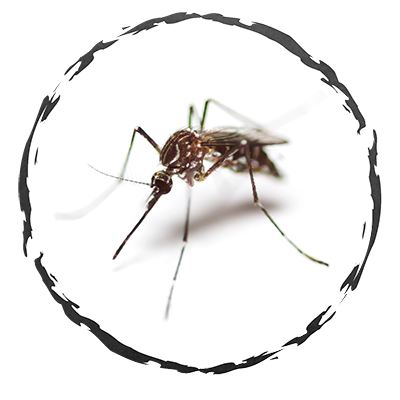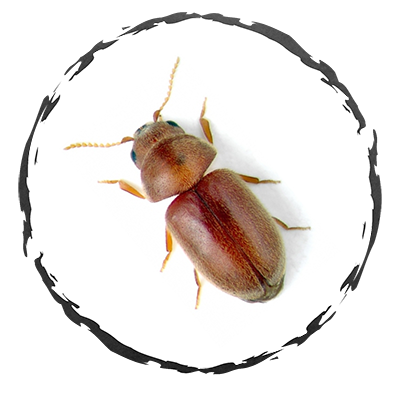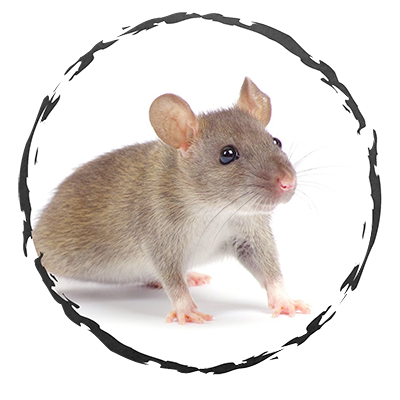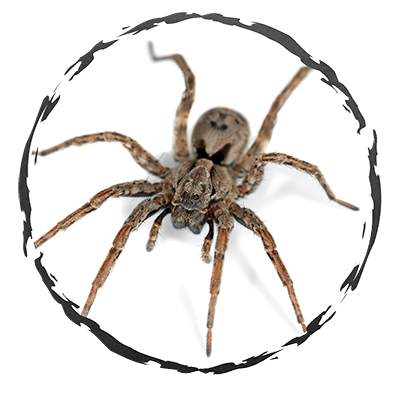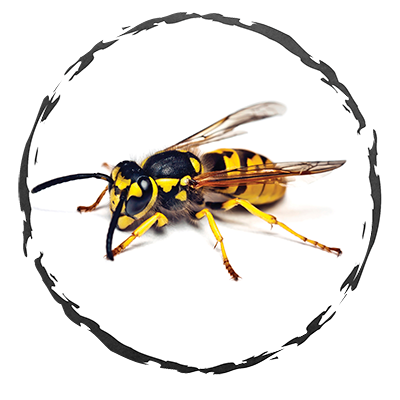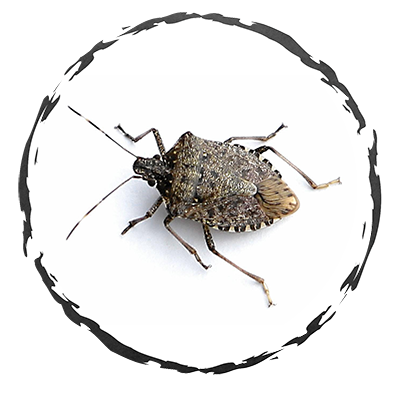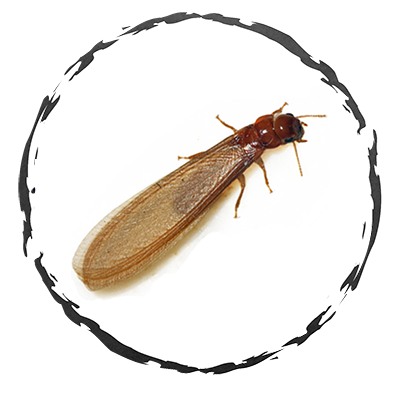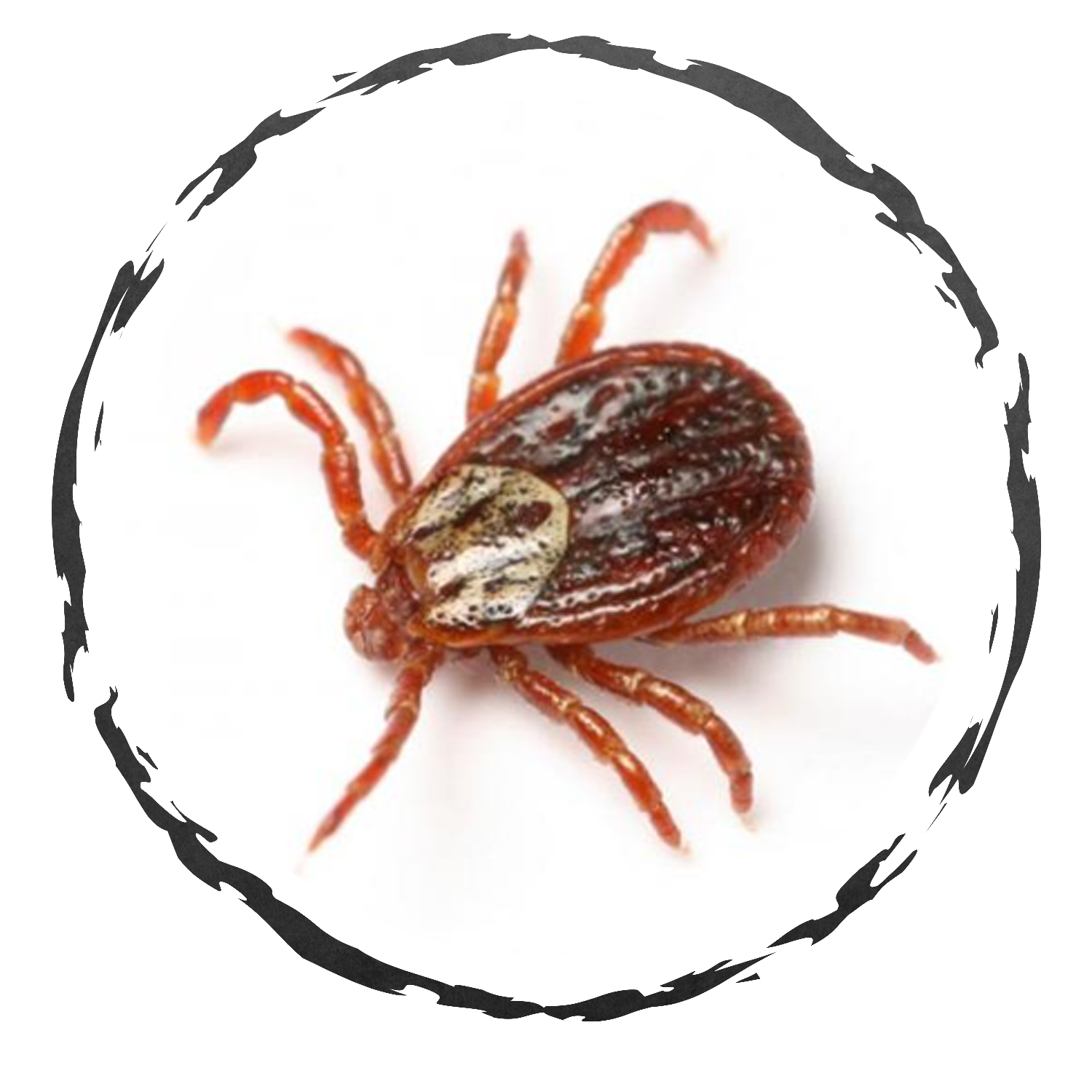Bees vs. Wasps
Bees, wasps, hornets…what’s the difference and why should you care? Well, there is a big difference and everyone should care. While it is true they are all capable of stinging, that is not their sole mission in our environment.
Honeybees, as everyone should know by now, are our most important insect pollinator. They are responsible for pollinating flowers, plants and trees and without them, many vegetable, fruit and nut crops would not be possible. They also provide millions of pounds of honey annually. Honeybees and other pollinators have a job to do and usually go about it, moving from flower to flower harmlessly and without incident. Honeybees rarely sting without provocation so if you leave them alone, they will leave you alone.
Other stinging insects like wasps, hornets and some bee species can be a bit more unpredictable and aggressive. Unlike the honeybee, they may be able to sting multiple times and once they do they release an alarm pheromone that may attract others to join in. Wasps and hornets tend to be scavengers attracted to sweets and proteins (these are the uninvited guests at your picnic flying around the soda cans and salads).
So how do you know if it’s a honeybee or a wasp? If you see a “furry bee” with pollen on its legs working from flower to flower, it is probably a honeybee. Leave it alone and it will most likely do the same. On the other hand, if you see aggressive hornets and wasps it is best to call Exodus, leave these ones to the specialists. It is possible you may have a nest or nests on or around your home. Our trained technicians can inspect and discern if you are experiencing the harmful aggressors or just harmless pollinators!
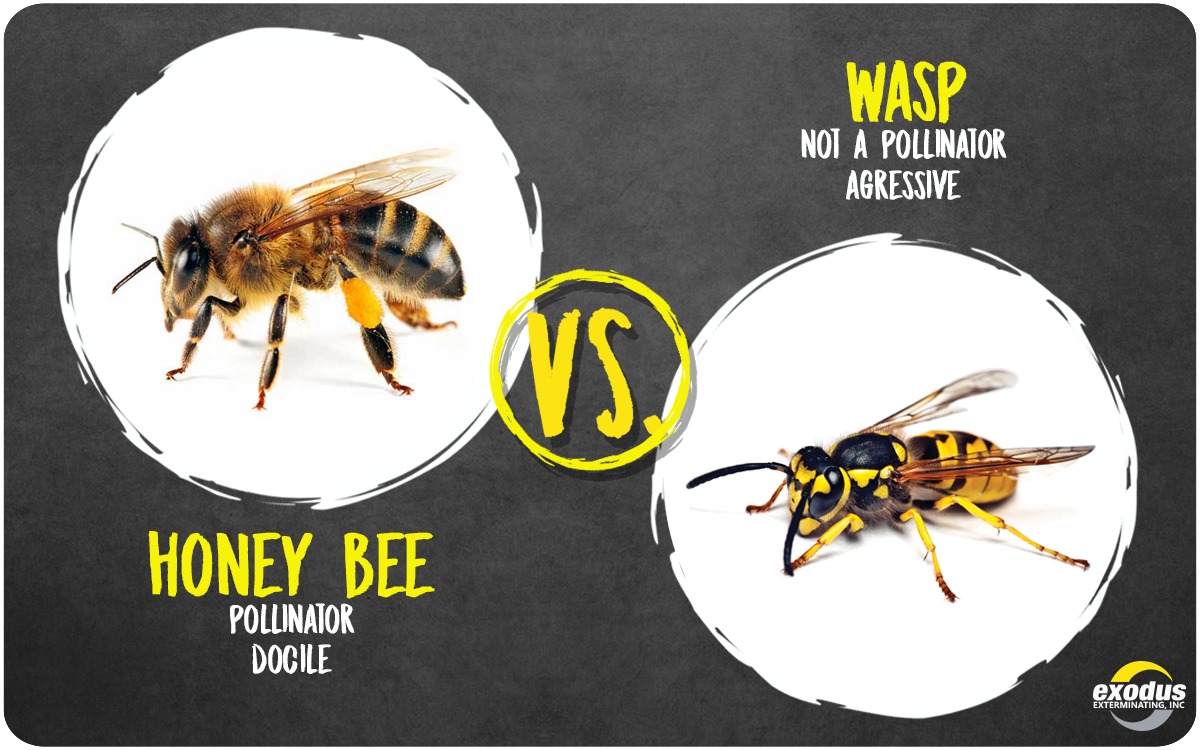
Bee Rescuing 101
Please be sure they are wasps and not honey bees!
Many beekeepers head out to collect a swarm only to find that the insects are wasps. Callers who are unsure about the correct identification should submit a photo to the beekeeper. Supply as much information as possible--location, accessibility, size and height—to prevent surprises.
Do not attempt to remove a swarm of honey bees yourself!
In most cases, a honey bee swarm does not pose a threat to people, pets or buildings. They are not defending their colony but are on the move for a new home. If the swarm is in clear view or within the height of a ladder, an experienced beekeeper can collect a swarm within a short period of time.
Please do not spray the cluster or kill them!
Swarming is the way honey bees reproduce. Do not kill them; we want to try to rescue and relocate them. Unfortunately, the honey bee population has dwindled over the past decades. Honey bees not only pollinate our crops, but they also pollinate a wide variety of plants that support other wildlife. Only the strongest and healthiest of colonies produce swarms. Destroying them destroys the good genes.
The bees are vulnerable!
When honey bees swarm, they cluster or “hang out” on a branch, a roof overhang or some other structure that offers some protection. They are very vulnerable. The “swarm” is a collection of young and older bees and usually one queen. The queen is unable to fly far due to her comparatively short wings. While they are clinging together, the “scout bees” are out searching for a new home for the colony. Once that new location is identified and selected, the bees will fly off to establish their new home. Often a swarm will leave before you even notice it’s there!

.png)

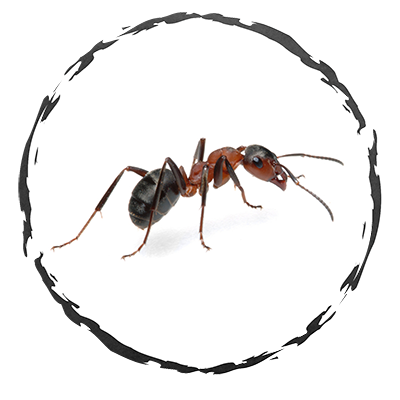
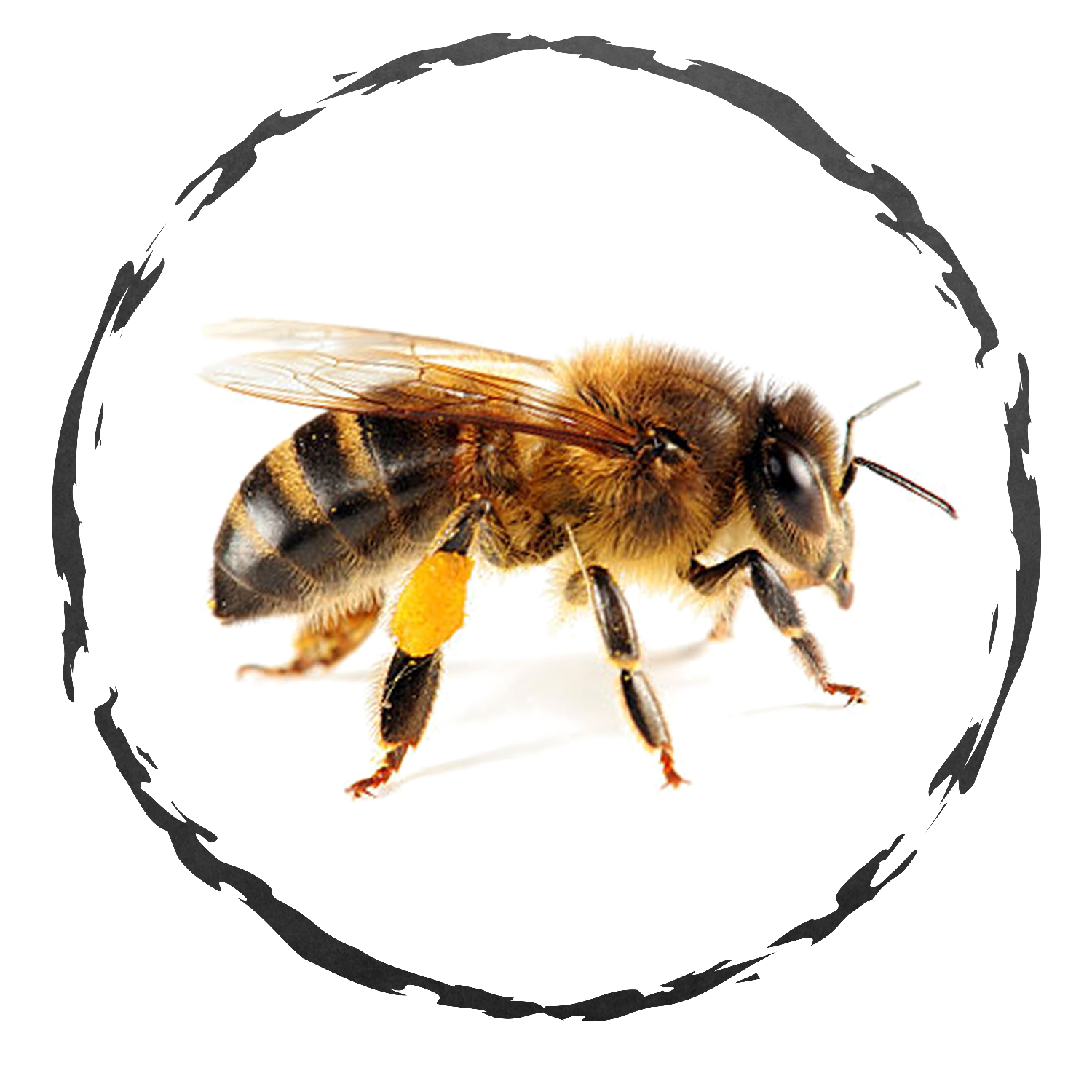
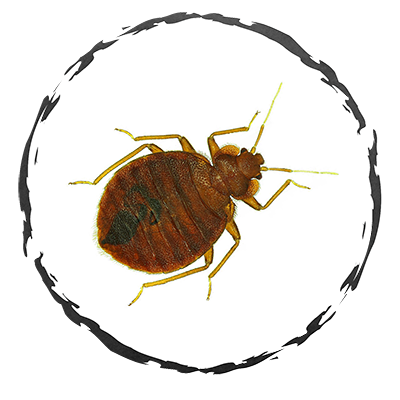

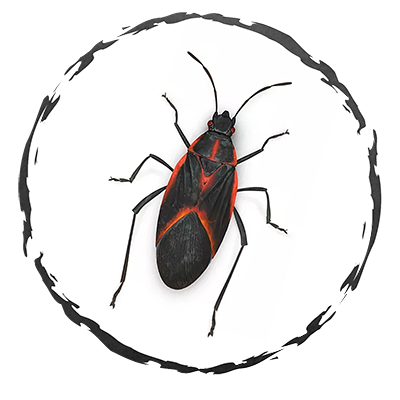
.png)
.png)
